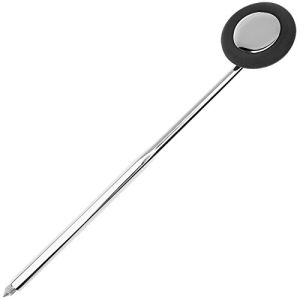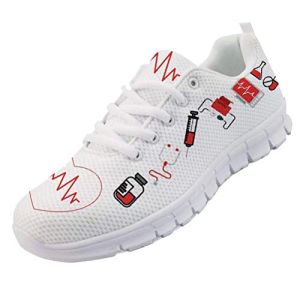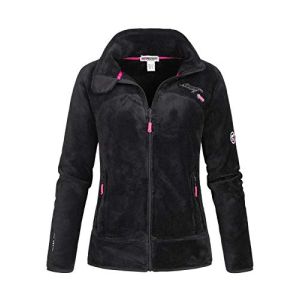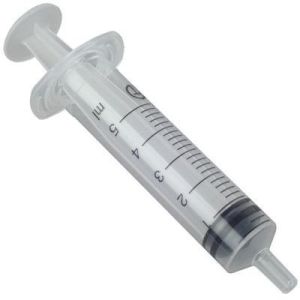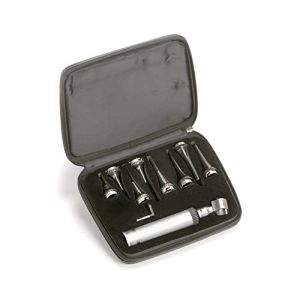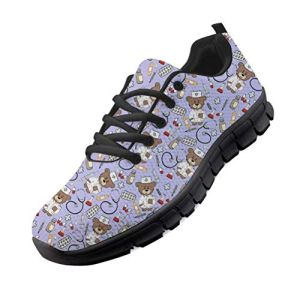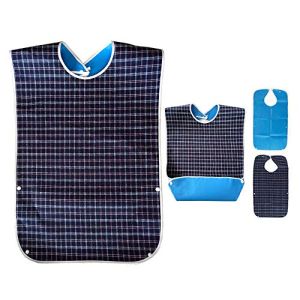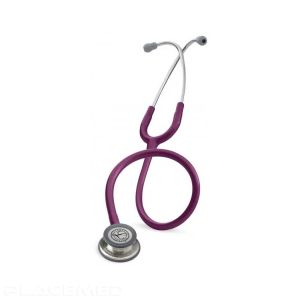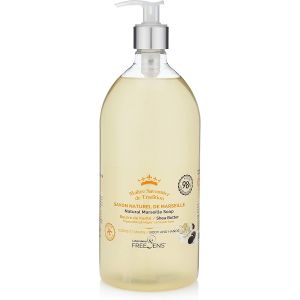Comparison of the Best Materials for Medical Attire
The quality of professional uniforms plays a significant role in the comfort, durability, and safety of healthcare professionals. The choice of materials used in these medical garments influences not only their appearance but also their daily performance. In this article, we offer a comparative analysis of the main fabrics used in medical uniforms, highlighting their advantages and disadvantages to help you make an informed choice.
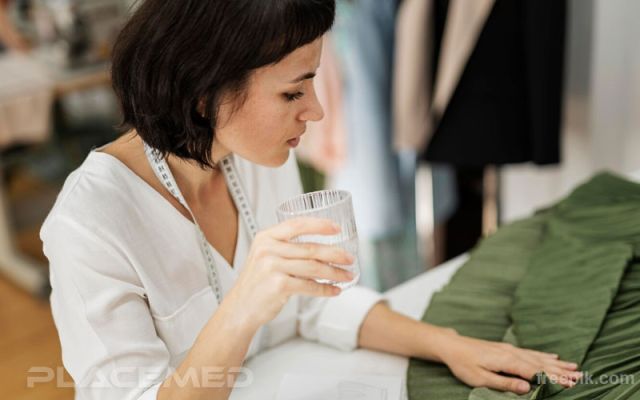
1. Understanding the Requirements of Medical Attire
Before comparing materials, it is essential to understand the specific requirements of medical attire. These work uniforms must meet several criteria to ensure comfort, protection, durability, and aesthetics.
1.1 Comfort and Ergonomics
As we all know, healthcare professionals spend long hours in motion, often standing or constantly walking. Comfort is therefore crucial to avoid fatigue and physical discomfort. The uniforms must allow for a high degree of movement while remaining fitted and ergonomic.
1.2 Protection and Safety
Medical attire must provide adequate protection against contaminants, bodily fluids, and infections. Materials should be fluid-resistant, easy to disinfect, and able to prevent the transmission of pathogens.
1.3 Durability and Maintenance
Medical clothing is subjected to frequent washing and intensive use. Therefore, materials must be durable, wear-resistant, and capable of retaining their properties after multiple washing cycles.
1.4 Aesthetics and Professionalism
Medical uniforms should also reflect a professional and neat image. Materials should allow for varied designs while maintaining a clean and elegant appearance, essential in a medical environment such as a hospital.
2. Analysis of the Main Materials Used in Professional Attire
Here is a detailed comparison of the most commonly used materials in medical clothing, highlighting their pros and cons.
2.1 Cotton
Cotton is one of the most popular materials for medical uniforms due to its softness and breathability.
Advantages:
- Comfort: Very soft and pleasant to touch.
- Breathability: Allows good air circulation, reducing perspiration.
- Hypoallergenic: Suitable for sensitive skin.
Disadvantages:
- Absorption: May absorb liquids, requiring frequent washing.
- Durability: Less resistant than some synthetic materials.
2.2 Polyester
Polyester is appreciated for its durability and easy maintenance.
Advantages:
- Durability: Very resistant to wear and tear.
- Easy Maintenance: Resists wrinkles and dries quickly.
- Stain Resistance: Less prone to staining.
Disadvantages:
- Less Breathable: May retain heat and cause discomfort.
- Comfort: Less soft than cotton.
2.3 Cotton-Polyester Blends
Cotton-polyester blends combine the benefits of both materials.
Advantages:
- Comfort and Durability: Combines the softness of cotton with the strength of polyester.
- Breathability: Better than pure polyester.
- Easy Maintenance: Easier to care for than pure cotton.
Disadvantages:
- Hygienic Properties: Less absorbent than pure cotton.
- Environmental Impact: Polyester is a non-biodegradable synthetic fiber.
2.4 Technical Fabrics (Stretch, Elastane)
Technical fabrics incorporate stretch fibers for better mobility.
Advantages:
- Flexibility: Offers a wide range of motion.
- Fit: Fits the body better, enhancing comfort.
- Durability: Resistant to deformation.
Disadvantages:
- Cost: Generally more expensive.
- Breathability: May be less breathable depending on composition.
2.5 Antibacterial and Odor-Control Materials
These materials are treated to reduce bacterial growth and control odors.
Advantages:
- Hygiene: Reduces risks of infections and unpleasant odors.
- Comfort: Keeps clothing fresh for longer.
Disadvantages:
- Cost: Antibacterial treatments can increase clothing costs.
- Durability of Treatments: Properties may diminish after several washes.
3. Material Comparison Based on Essential Criteria
To help you visualize the differences between materials, here is a comparison table summarizing the pros and cons of different fabrics according to the essential criteria of medical attire.
| Material | Comfort | Breathability | Durability | Easy Maintenance | Protection | Cost |
|---|---|---|---|---|---|---|
| Cotton | High | Very good | Average | Average | Good | Medium |
| Polyester | Medium | Low | High | High | Very good | Low |
| Cotton-Polyester Blends | High | Good | High | High | Good | Medium |
| Technical Fabrics | Very high | Variable | High | Medium | Very good | High |
| Antibacterial Materials | High | Good | Variable | Variable | Excellent | High |
4. Recommendations for Choosing Materials
Based on your specific needs and the requirements of your medical specialty, here are some recommendations for choosing the ideal material for your workwear.
4.1 For Optimal Comfort
Opt for cotton-polyester blends or technical fabrics with added elastane for better flexibility and a customized fit. These materials provide an excellent balance of softness and support, ideal for long workdays.
4.2 For High Durability
Pure polyester or cotton-polyester blends are ideal for demanding environments requiring increased wear resistance. These materials withstand frequent washing and retain their shape and properties even after extensive use.
4.3 For Better Hygiene
Antibacterial materials are recommended to reduce infection risks and maintain optimal hygiene throughout the day. They are particularly useful in high-risk settings where contamination prevention is critical.
4.4 For Superior Breathability
Pure cotton or breathable mesh fabrics are perfect for warm climates or environments requiring good air circulation. These materials help prevent overheating and moisture buildup, ensuring constant comfort.
5. Trends and Innovations in Medical Attire Materials
Medical clothing continually adapts to scientific advancements and the expectations of healthcare professionals seeking more efficient, safe, and suitable equipment for their daily challenges.
5.1 Smart Fabrics
Smart fabrics integrate advanced technologies like sensors to monitor posture and fatigue, providing personalized support for healthcare professionals. These innovations enable better well-being management at work.
5.2 Eco-Friendly Materials
Medical shoe manufacturers are increasingly focusing on eco-friendly materials to create sustainable products. By incorporating recycled components and environmentally friendly production methods, they meet the growing demand for more ethical and sustainable products.
5.3 Enhanced Properties
Innovations include fabrics with improved fluid resistance, enhanced antibacterial properties, and increased durability, meeting the demands of modern medical environments. These improvements help medical attire remain effective and comfortable even under challenging conditions.
6. Where to Find the Best Materials for Your Medical Attire
The quality of your professional workwear depends largely on your choice of suppliers. Here are some suggestions to help you identify reliable and professional sources:
6.1 Specialized Medical Attire Suppliers
Specialized suppliers offer a wide range of high-quality materials suited to the needs of healthcare professionals. They can also provide personalized advice to help you choose the most appropriate material for your work environment.
6.2 Recommended Online Stores
Specialized online platforms allow for easy comparison of different materials and reading user reviews to make an informed choice. Be sure to choose reputable sites with flexible return policies to secure your purchases.
6.3 Recommendations and Reviews from Professionals
Consult the reviews and recommendations of other healthcare professionals to identify the most reliable and high-performing materials and suppliers. Feedback can be valuable in avoiding disappointments and choosing quality products.
Conclusion
Choosing materials for medical attire is crucial to ensure the comfort, durability, and safety of healthcare professionals. By understanding the advantages and disadvantages of each material, you can make an informed choice that meets your specific needs. Investing in quality clothing with the right materials not only enhances your daily comfort but also your professional efficiency. Trust Placemed to provide you with medical attire made from the best materials available on the market.
Bonus: FAQ on Medical Attire Materials
Q1: What is the best material for medical attire in summer?
A1: Lightweight and breathable materials such as pure cotton or technical mesh fabrics are ideal for maintaining coolness and comfort in hot weather.
Q2: How do I care for cotton and polyester medical attire?
A2: Always follow the manufacturer's washing instructions. Generally, cotton-polyester blends can be machine-washed at high temperatures and dry quickly without losing their properties.
Q3: Are antibacterial fabrics truly effective?
A3: Yes, antibacterial fabrics reduce bacterial growth, helping maintain optimal hygiene. However, it is essential to choose quality garments with durable antibacterial treatments.
 Francais
Francais 


